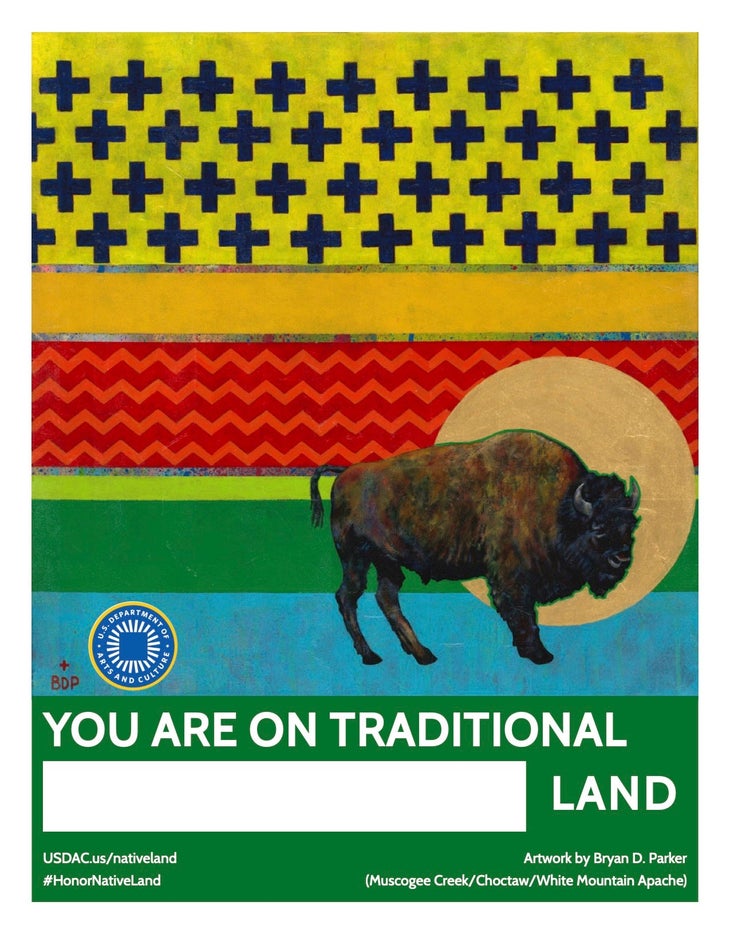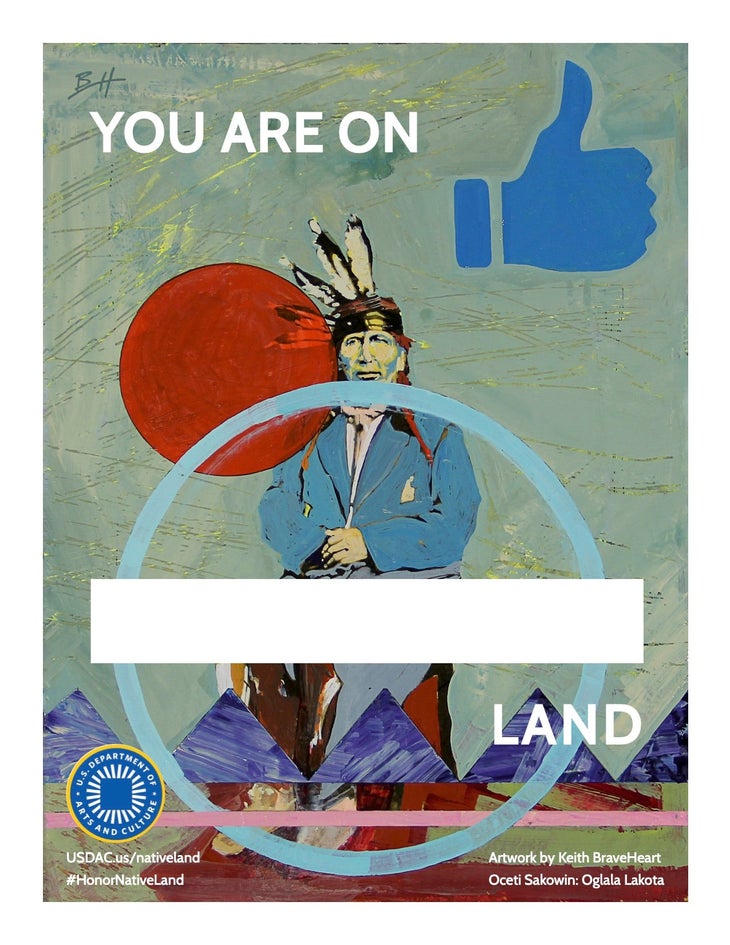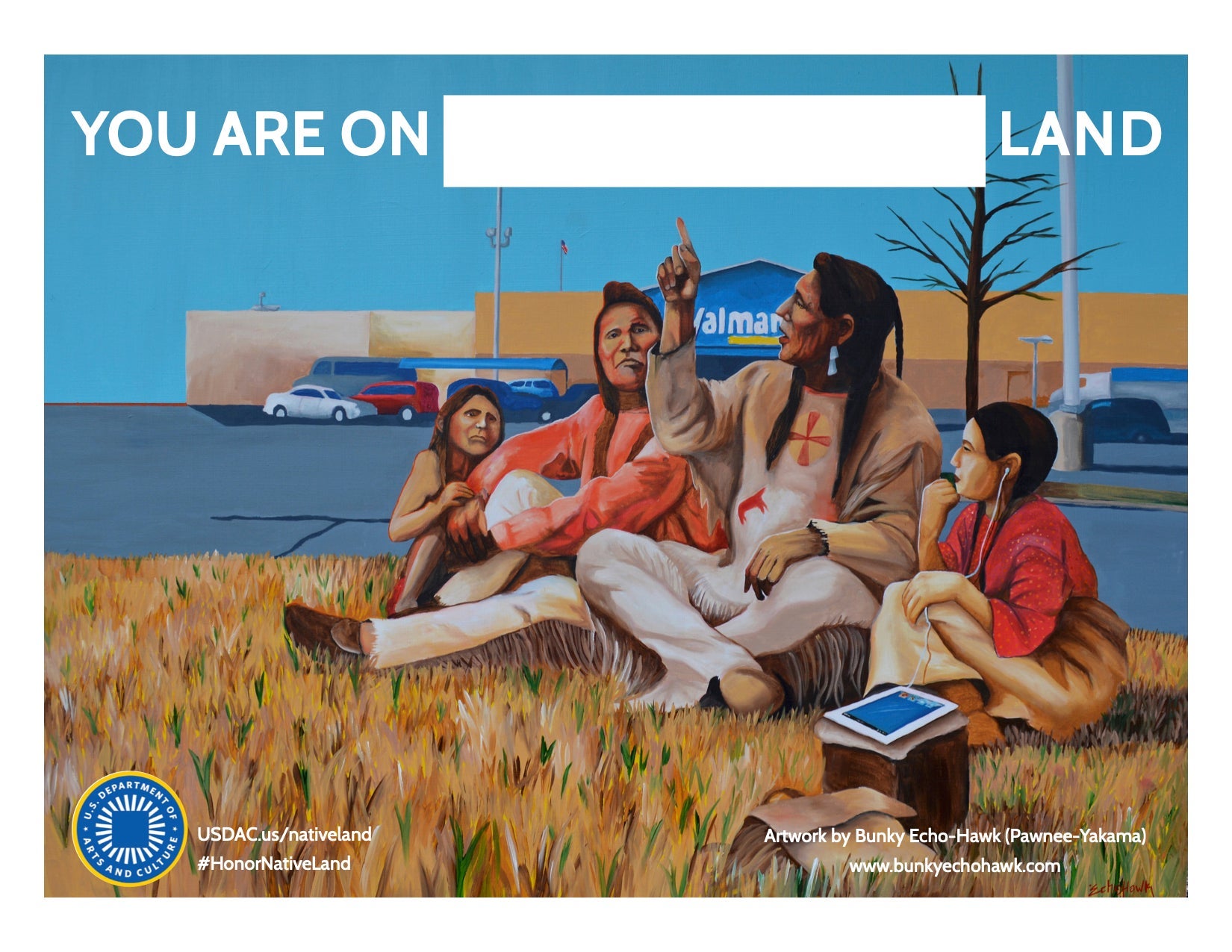These days, land or territory acknowledgments are increasingly common, often made at the outset of public gatherings. In our industry, where we are reliant on a strong connection to the land and nature, these types of acknowledgments are more important than ever, as they address the colonialism that makes our hobbies and businesses possible.
We’re all on stolen land, whether we care to admit it or not. Land acknowledgments are a way for companies and individuals to identify wrongdoing, build new relationships with Native communities, and push for change in how we interact with the land going forward.
Since a mere statement doesn’t threaten the status quo, there’s a risk of acknowledgments simply becoming performative. This guide can help you not only nail the format, but also the follow-through.
What Is a Land or Territory Acknowledgment?
A territory or land acknowledgment is a statement that recognizes the traditional land of the Indigenous people who have lived in a particular place. The terms “land” and “territory” are not necessarily interchangeable and use will depend on where you are as well as the Indigenous you are acknowledging. Some research will always be required.

“Boundaries change over time and people that may have been in one place 2,000 years ago might not be in the same place today,” said Christine McRae, executive director for the Canadian nonprofit Native Land Digital, which maps Indigenous territories across the world. “Acknowledging traditional territory is a sign of recognition and respect for Indigenous people. It’s also a way of inserting awareness into your daily practice.”
Typically, the acknowledgment is given at the outset of a speech, presentation, meeting, gathering, or ceremony. In some cases, an organization might craft a statement to live on its website or be disseminated via a press release. There are many examples of cultural institutions—including universities, libraries, and art museums—that have adopted this practice, but surprisingly few companies in the outdoor industry have followed suit.
Why Write an Acknowledgment?
People engaged in the outdoor industry typically enjoy being in nature, and for the most part have a strong connection to the land. Less discussed, however, is how the land we live, work, and play on came to us through broken treaties and the widespread massacre of Native tribes, as well as through the forced resettlement of entire Indigenous communities. Writing an acknowledgment is a way of shedding light on some of that history and honoring a different sort of relationship to the outdoors.
“As Indigenous people, the responsibility we have to the land is inherent to who we are,” said McRae, who is an Omàmìwininì Madaoueskarini Anishinaabekwe (a woman of the Madawaska River Algonquin people) and belongs to the Crane Clan. “We have a certain responsibility to act as stewards of the land with the idea of making sure that our world—the earth, the land, the water, the trees, everything—is healthy for the next seven generations.”
An acknowledgment done correctly can also offer a counter-narrative to the “doctrine of discovery,” or the spiritual, political, and legal arguments used by the U.S. Supreme Court to justify the seizure of land not inhabited by Christians. By shedding light on the oft-untold history of colonialism on this continent, space opens up to discuss the injustices still being inflicted on Indigenous peoples today.
Crafting Your Statement
The U.S. Department of Arts and Culture created “Honor Native Land: A Guide and Call to Acknowledgment,” a comprehensive resource offering the many ways you can acknowledge Indigenous people (the Native art in this article is courtesy of the organization). Created in consultation with people from more than a dozen Indigenous nations, the guide offers templates but emphasizes that acknowledgments are only made meaningful through specific context and relationships. The basic steps are as follows.
1. Identify
Native-Land.ca, the organization McRae heads, makes it easy to learn about the traditional inhabitants of a place. Enter your address and the relevant Indigenous tribes will show up, many with websites. Put in additional research by contacting those tribes and/or delving into your area’s local history. If a tribe is now in a different state, it would still be valuable to reach out and have a conversation, perhaps learning why they’re no longer there.
2. Articulate
Write a statement recognizing the people(s) you’ve identified. Share what you’ve learned through your research but avoid speaking for Native people. At the end of your acknowledgment, consider giving your audience a task that might encourage them to do their own research or take some meaningful action. For example, is there a local battle or massacre that you learned about? A treaty that’s been broken? A relevant current event or movement people should support? An activist or political group to donate to? Your acknowledgment doesn’t need to be long, but it does need to be heartfelt and written with good intent.
3. Deliver
Disseminate your statement either internally, on your website, or at the outset of a public gathering. If you are speaking aloud, ensure you use the correct pronunciation of tribal names. No matter the format, remember that your acknowledgment is just a step, a way of cultivating cultural awareness and sparking deeper truth and reconciliation efforts.
Ensuring Your Land Acknowledgment Is Authentic and Meaningful
Sometimes land acknowledgments can be token gestures. If you’re writing one simply to appear politically correct, reconsider. An empty gesture “honoring” Native people is insulting.

“Acknowledgments are a tiny snippet that links us back to a much longer history,” said McRae. “They’re a way to bring forward history that’s been shoved into the darkness.”
Being authentic means educating yourself on the history of the land you inhabit, by reading books, staying informed about current events affecting Indigenous peoples, and supporting Indigenous causes in ways that are non-performative.
Take It a Step Further
Outdoor companies should build real relationships with Indigenous people by hiring them, listening to what they have to say, and helping disseminate their stories to a larger audience. Any campaign to protect public lands or nature should involve Indigenous people at every level and should never try to speak for Indigenous people, rather providing a platform where they can speak for themselves.
“A land acknowledgment should encourage people to continuously and consciously reflect the history and the legacy of colonialism,” said McRae. “It should also encourage looking to what changes can be made in the future to reconcile and strengthen relationships between Indigenous and non-Indigenous people.”


